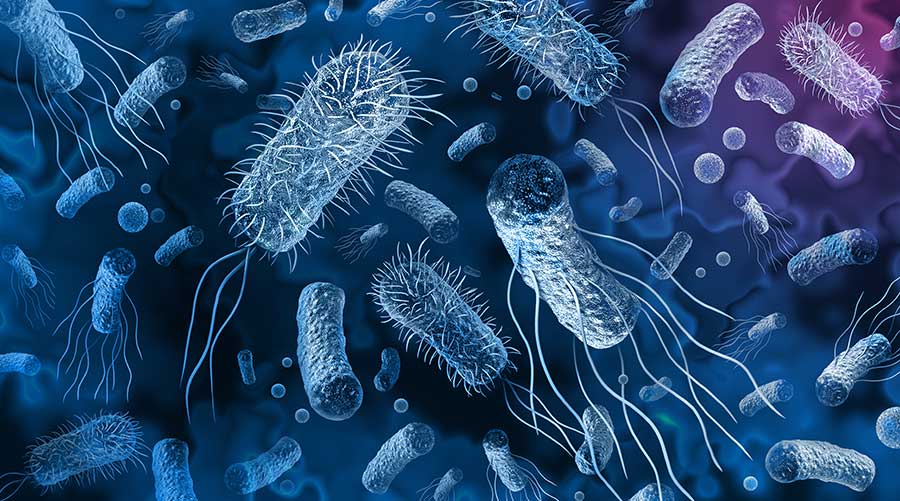Disinfecting surfaces in healthcare facilities can already prove tricky, as certain germs can only be killed by certain chemicals. Plus, some germs can stick around much longer than originally thought.
A study published in the American Journal of Infection Control (AJIC) found that despite regular cleaning, bacteria still exist on surfaces in hospitals. Surfaces like manikins, bed rails and workstations were contaminated with different types of bacteria, some of which can cause diseases. The study identified 60 types of pathogens, including 18 well-known ones and seven important in healthcare. The same bacteria were also found in clinical samples from patients. This suggests that hospital surfaces can harbor common and less-known bacteria that can cause serious illnesses.
Considering this information, this necessitates a re-evaluation and rethinking of disinfection protocols.
During the COVID-19 pandemic, many healthcare facilities had to reassess how they were cleaning out of necessity, as they did not want the virus to spread and overtake their premises. That reflection led to an increased effort and focus for disinfecting the various surfaces within a healthcare facility.
This approach benefits the fight against healthcare-associated infections (HAIs), which according to the Centers for Disease Control and Prevention (CDC) occur one in 31 (or about 3.2 percent) patients in hospitals on any given day. Adding to that, the CDC also reports that HAIs can accrue medical costs for hospitals upwards of $28.4 billion each year.
Jeff Wardon, Jr. is the assistant editor for the facilities market.

 Contaminants Under Foot: A Closer Look at Patient Room Floors
Contaminants Under Foot: A Closer Look at Patient Room Floors Power Outages Largely Driven by Extreme Weather Events
Power Outages Largely Driven by Extreme Weather Events Nemours Children's Health Opens New Moseley Foundation Institute Hospital
Nemours Children's Health Opens New Moseley Foundation Institute Hospital Code Compliance Isn't Enough for Healthcare Resilience
Code Compliance Isn't Enough for Healthcare Resilience Ribbon Cutting Marks First Phase Completion for New Montefiore Einstein Facility
Ribbon Cutting Marks First Phase Completion for New Montefiore Einstein Facility